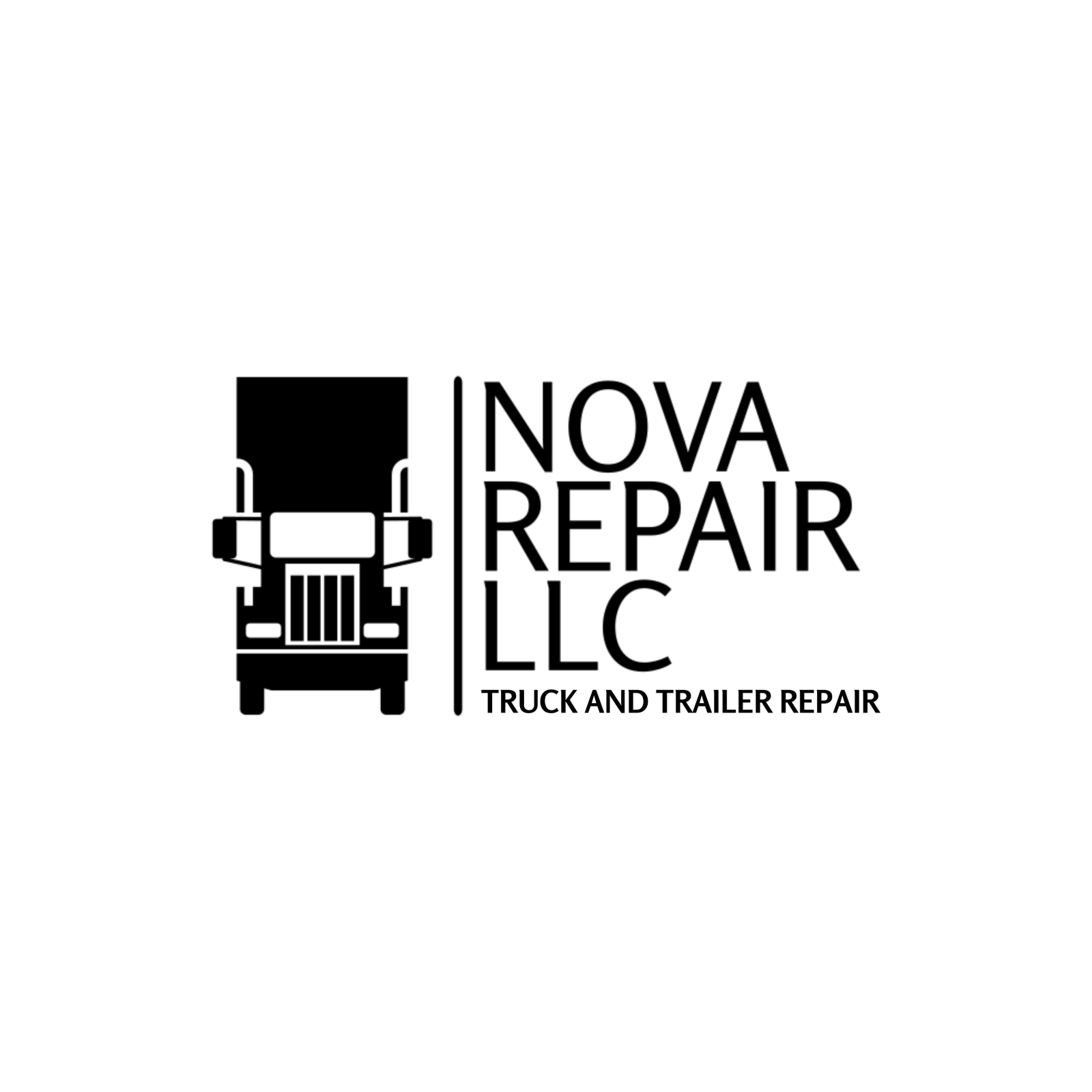Preventing Maintenance
Preventive maintenance (PM) is a proactive approach to maintenance aimed at preventing equipment failure and minimizing downtime by performing regular inspections, repairs, and upkeep tasks. The primary goal of preventive maintenance is to identify and address potential issues before they escalate into costly breakdowns or safety hazards. Here are some key aspects of preventive maintenance:
- Scheduled Inspections
- Routine Maintenance Tasks
- Predictive Maintenance:
- Parts Replacement:
- Emergency Preparedness:
- Asset Management and Tracking:
- Training and Skills Development:
The Process
Here Is What We Offer
Scheduled Inspections
Establish a routine schedule for inspecting equipment based on factors such as manufacturer recommendations, usage patterns, and environmental conditions. Regular inspections help identify wear, damage, or other issues early on.
Routine Maintenance
Perform routine maintenance tasks according to the established schedule. This may include lubrication, filter changes, belt tension adjustments, cleaning, and calibration. These tasks are essential for keeping equipment in optimal operating condition..
Predictive Maintenance:
Utilize techniques such as vibration analysis, oil analysis, thermography, and ultrasonic testing to predict potential failures before they occur. By monitoring equipment performance and condition, maintenance can be scheduled based on actual need rather than fixed intervals.
Parts Replacement:
Replace worn or deteriorated parts on a scheduled basis to prevent unexpected failures. This includes components such as belts, hoses, bearings, seals, and filters. Following manufacturer recommendations for replacement intervals is crucial for maintaining equipment reliability..
Emergency Preparedness:
Despite preventive measures, unexpected breakdowns can still occur. Develop contingency plans and stock critical spare parts to minimize downtime in case of emergencies. Having a well-equipped maintenance team ready to respond promptly can help mitigate the impact of unplanned outages..
Asset Management
Maintain detailed records of equipment maintenance history, including inspection findings, maintenance tasks performed, and parts replaced. Utilize computerized maintenance management systems (CMMS) or other tracking tools to streamline maintenance processes and facilitate data analysis
Training and Skills Development:
Provide training and resources to maintenance personnel to ensure they have the skills and knowledge required to perform preventive maintenance tasks effectively. Proper training also enhances safety awareness and reduces the risk of accidents.

